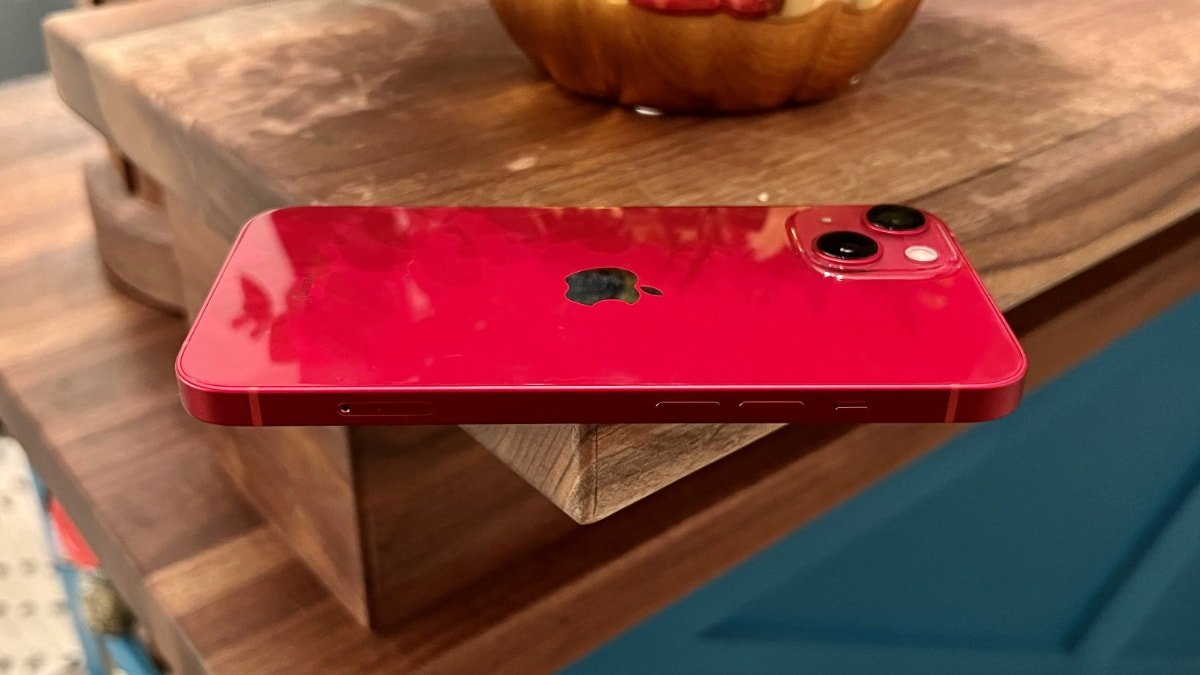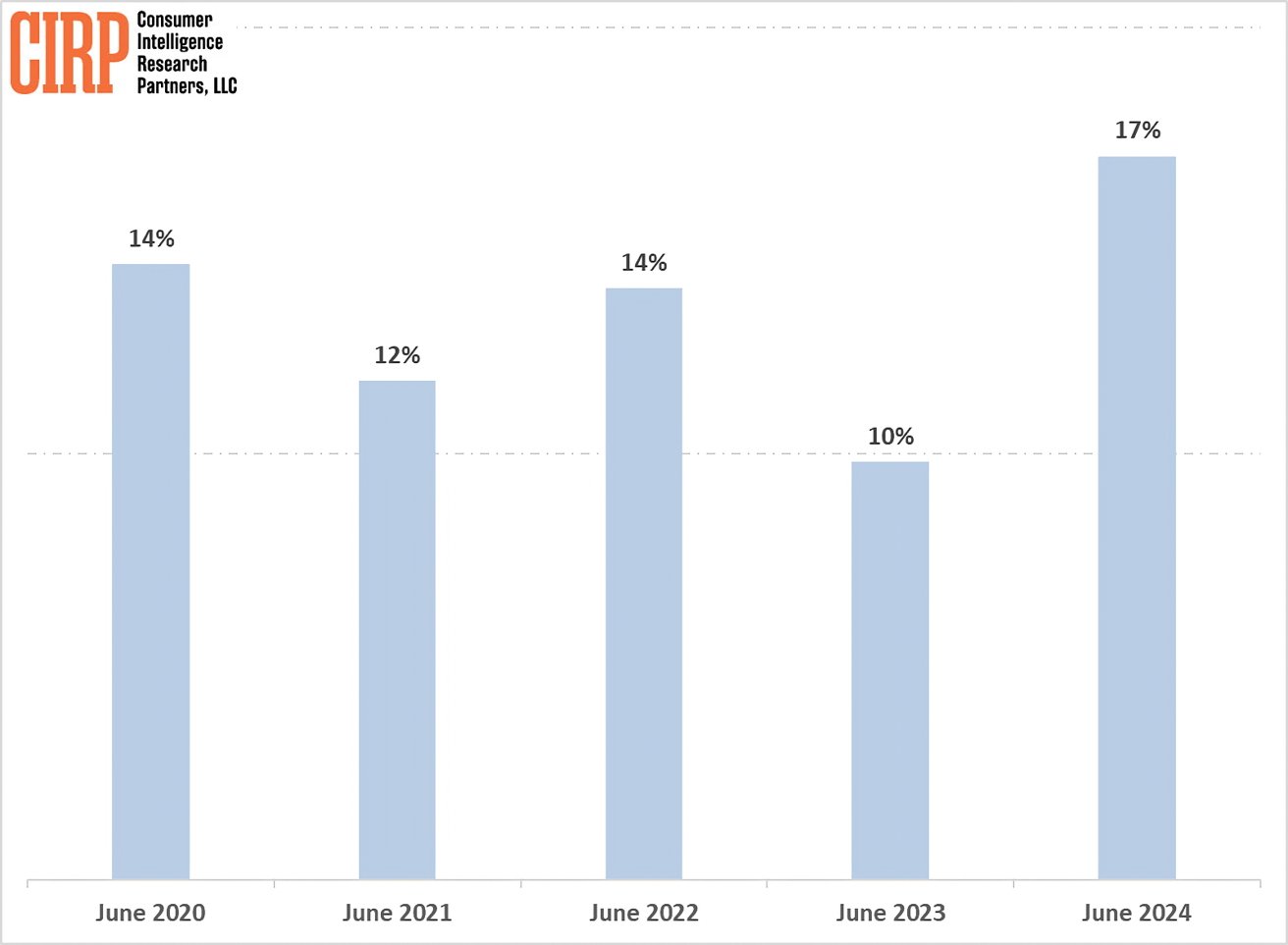Android switchers boost iPhone Sales -- but not for the iPhone 15
Over the years, Apple has benefited greatly from Android users switching to iPhones. The models that the switchers are picking now is a short-term strategic challenge for Apple, but a long-term gain.

Android switchers boost iPhone Sales -- but not for the iPhone 15
In the June 2024 quarter, 17% of iPhone buyers were former Android users, the highest percentage in the last five years. The numbers represent a substantial increase from the same period in 2023.
Despite the influx of switchers, Apple has experienced a decline in sales of its latest models, with older iPhones stepping up to fill the gap. The underperformance of the iPhone 15 is offset by the robust performance of older models like the iPhone 14, iPhone 13, and iPhone SE.
The recent data from Consumer Intelligence Research Partners (CIRP) indicates a rise in the number of Android users switching to iPhone. However, these switchers opt for the older, more affordable models.
Why older models are more appealing to switchers
Price sensitivity likely plays a significant role among Android switchers. These older models are more affordable and appealing to Android users who are used to various budget-friendly options.
The value perception of the older models also plays a significant role. Despite being from previous years, these iPhones offer features that attract new iPhone users.
Although not the latest, the technological advancements in these models still represent improvements over Android devices, reinforcing the soundness of Apple's product strategy.

Proportion of iPhone Buyers Who Previously Used an Android Phone (June Quarters)
Switching operating systems is a significant change, and many Android users prefer a cautious transition. They may start with a cheaper iPhone to test the waters before committing to a higher-priced, more advanced model.
That slower approach allows them to familiarize themselves with iOS without making a substantial financial commitment.
So, short-term challenges to Apple's margins. But, potentially, a longer-term gain as the users upgrade down the road.
Finally, the availability of deals on older iPhone models makes them even more attractive. These models are often available with significant discounts or through trade-in programs.
Such deals are less common for the latest models, steering price-sensitive switchers toward older options.
"With mobile carriers offering two-year phone contracts and rapid changes in phone screens, cameras, batteries, and network technology, Apple could rely on its installed base of owners to drive new iPhone sales," CIRP comments. "This lower percentage of iPhone upgraders is a sign that, at least for now, the consistency and urgency of those upgrading iPhone owners is at an apparent low point."
Read on AppleInsider

Comments
All of the DIY propeller heads and EC micromanaging bureaucrats might not like it, but curation, privacy, security, and frictionless interoperability arising from vertical integration are VALUABLE things. The propeller heads can whine without consequence but the EC bureaucrats might face consequences if they deprive e European citizens of something they clearly want.
I don’t really get it and it isn’t the way I would go but there are lots of people that take the price conscious route.
And even proportions aren't quite enough -- the absolute numbers are also important to fully understand where market share is heading.
But looking back over the last 15 years or so, there seems to be a gradual shift towards iPhone. Also a gradual shift towards Mac.